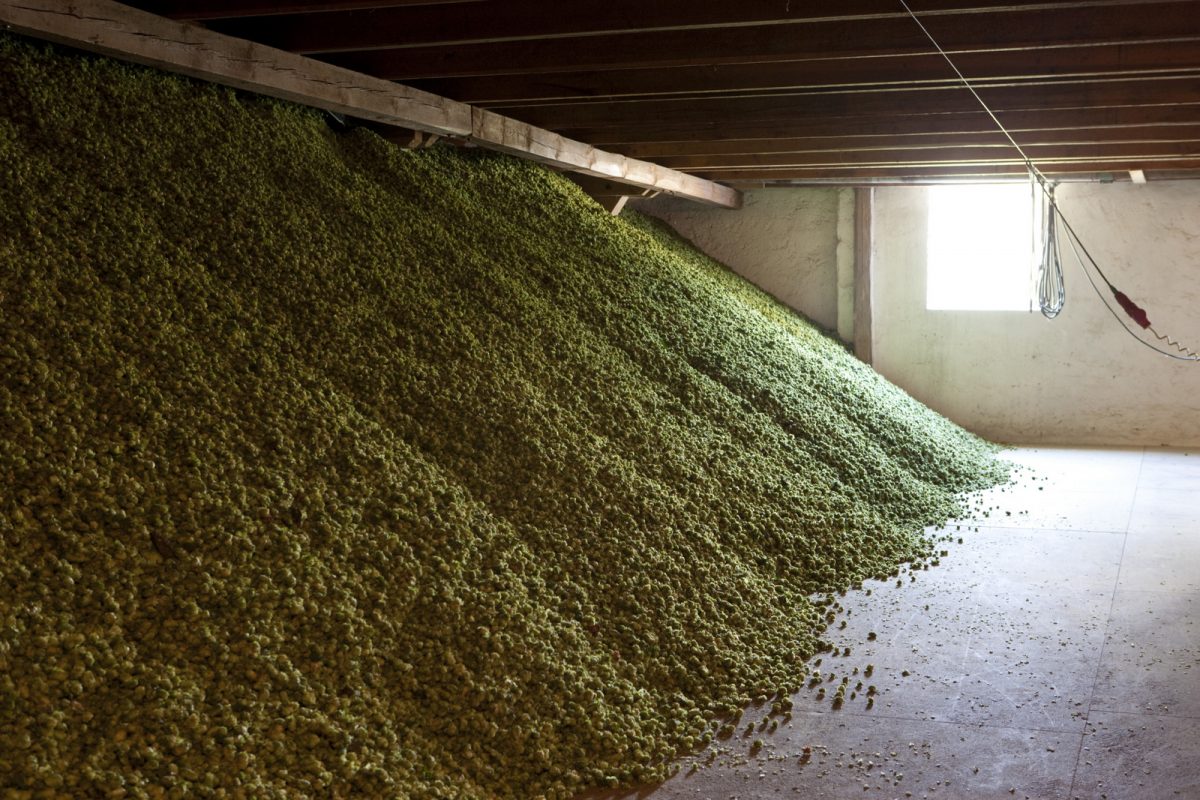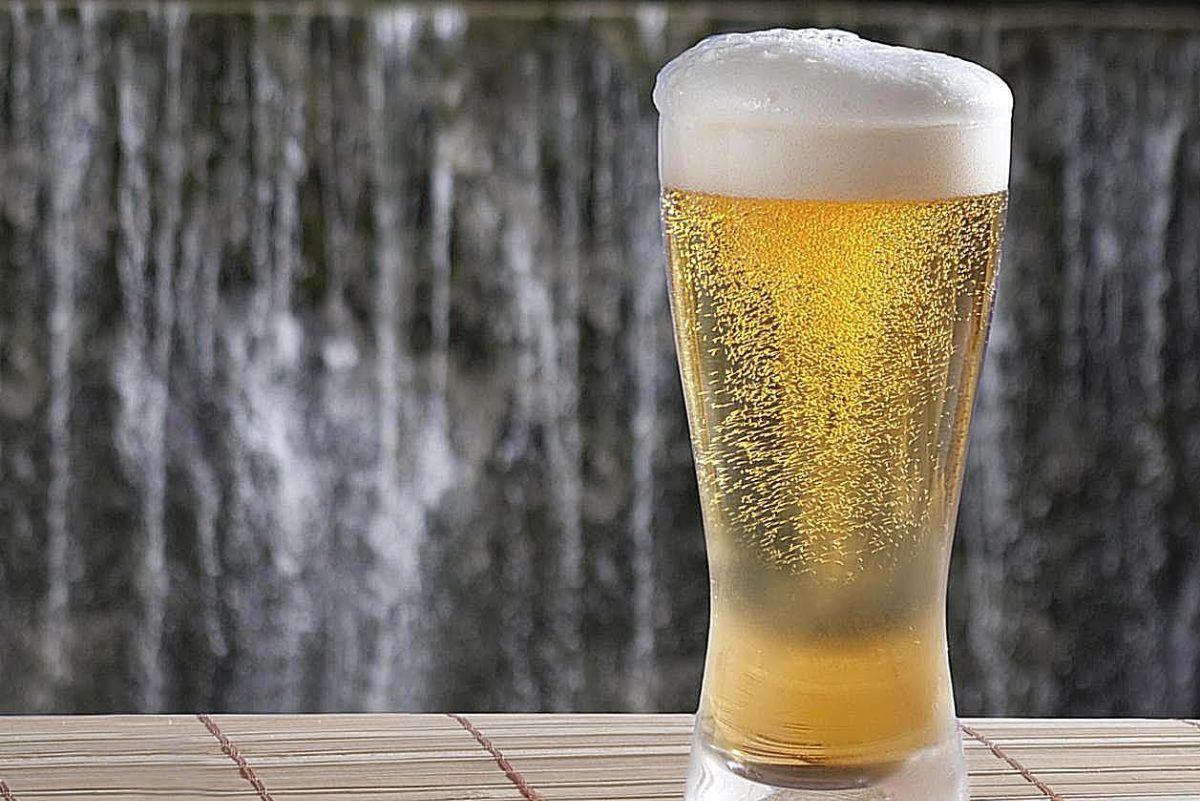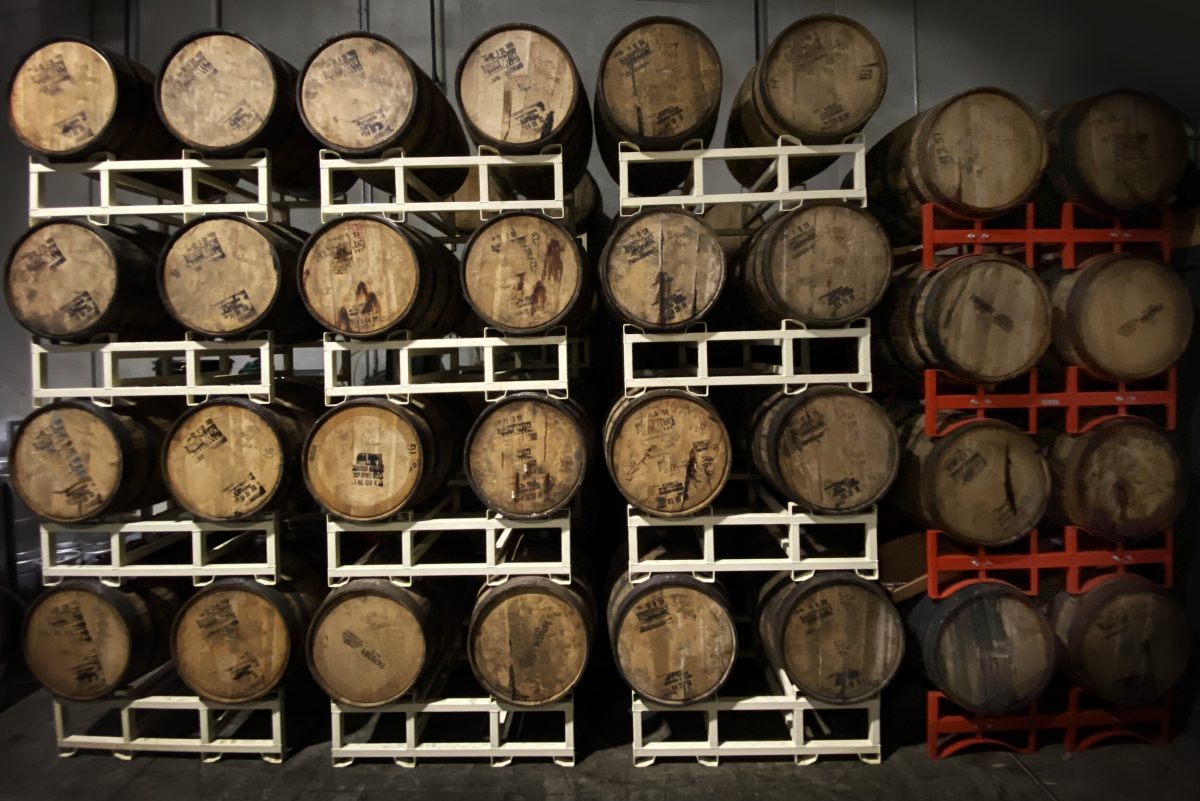After the completion of primary fermenting, you then add hops back to the beer for it to steep. This is called dry-hopping.
One of the most fundamental ways to dry-hop your beer is to simply siphon it from the fermenter into another fermenter and then add hops. Through dry-hopping, the beer enhances its aroma. The question is, for how long should you dry-hop your beer?
24 hours of dry-hopping can already add a good amount of aroma. This will be more pronounced after 48-72 hours. After that, the aroma being added gets little and little. Leave it for several weeks, and the beer develops a slightly odd flavor. This should be …




